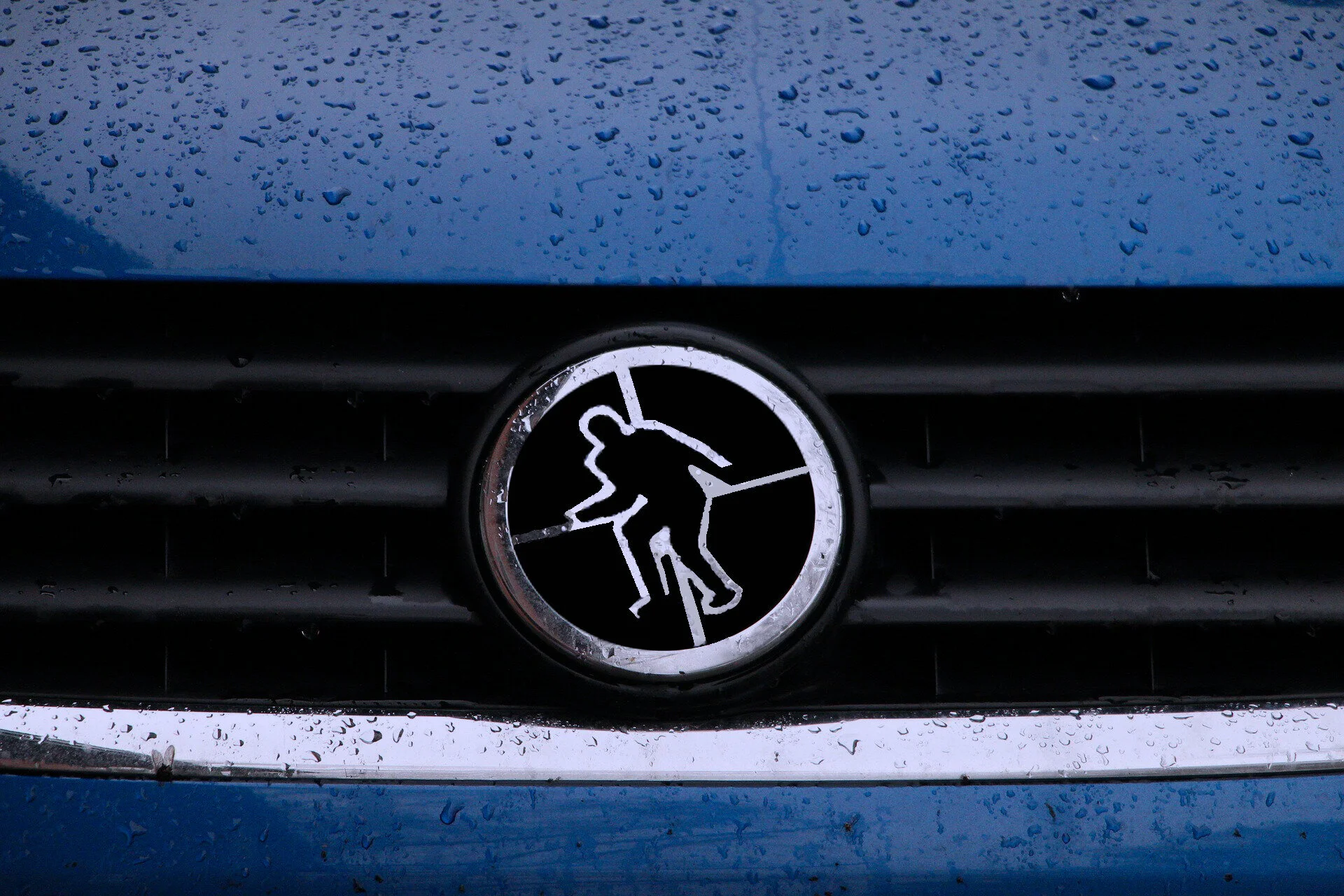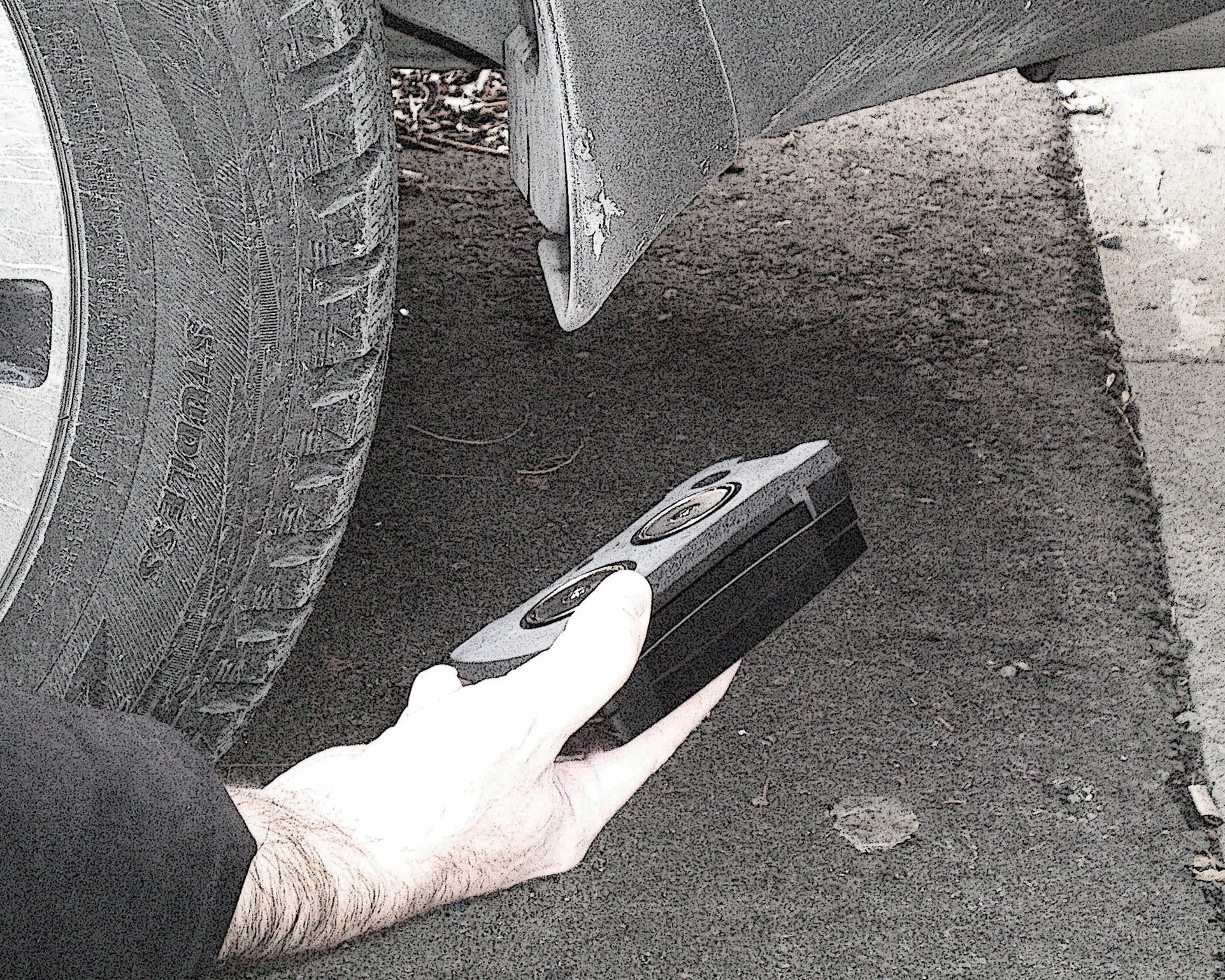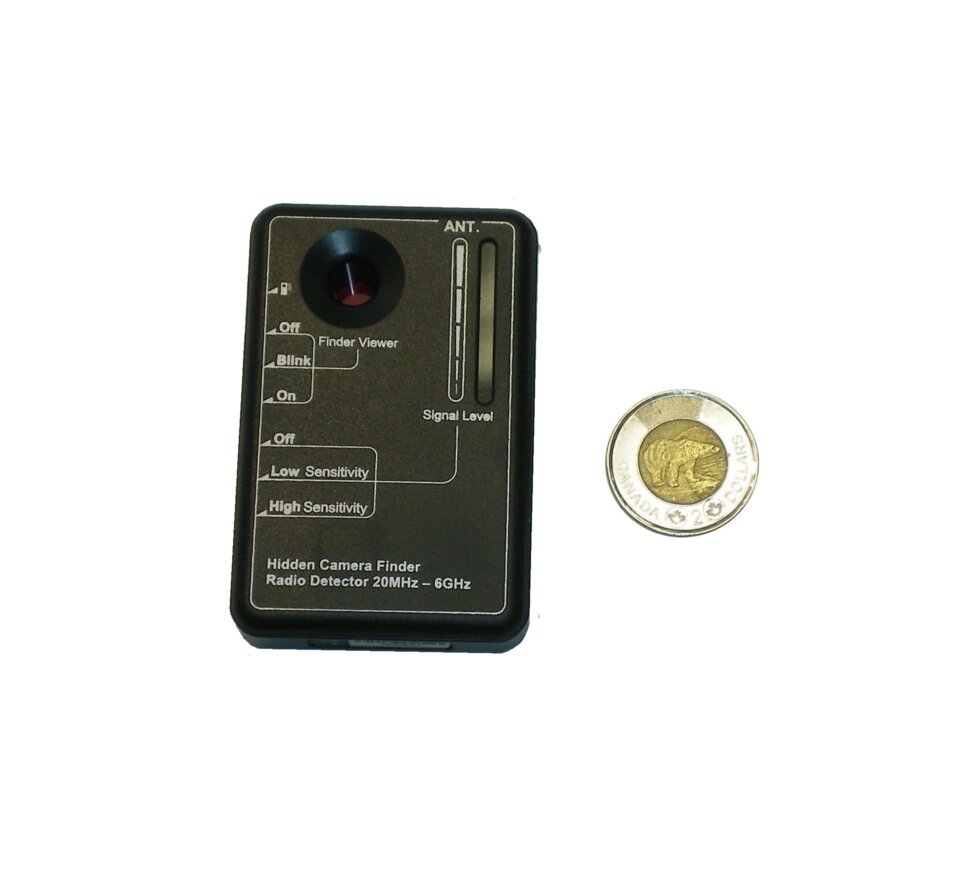The Truth About Detecting GPS Vehicle Trackers
Hans School
The most common inquiry we hear at Spytech these days is, “How can I find out if there is a GPS tracker on my vehicle?” The answer really depends on a few different factors, of course, so let’s examine those:
Types of GPS trackers
Passive Trackers
First of all, there are passive GPS trackers that simply record their location and don’t send out any information to anybody. These are not very popular any more these days, because people enjoy instant gratification, and these trackers require you to wait for a few days, and then retrieve the unit to view the data. Think of them like a tape recorder. Instead of sound, the unit just records your location, but the recording cannot be accessed until someone gets the unit back and plays back the data. These passive trackers are impossible to detect with any electronic detectors because they simply don’t give off any kind of signal.
Active Trackers
These are the most modern trackers that people prefer today. These devices don’t just record their location while they are driving around, but they can also be viewed live on some kind of tracking app, by the person that is tracking you. They would see you as an icon on a map. Usually the user can also see maps of several days into past history, and the device can send alerts to tell that person when you start moving, or if you go to a certain place on the map, all depending on the type of service the tracker is using. Let’s not get too much into the features since there are hundreds of different models out there.
The point is, these Active Trackers all have something in common, they have to communicate with the user to make all this data available to them. The signal they use is some kind of GSM, 3G, 4G LTE mobile data network signal. A fairly decent “bug” detector would be able to detect this signal. Sounds easy right? Well unfortunately, there are so many variables effecting the results, that we can’t even recommend using a detector to search for trackers. The success rate is too low to be considered “reliable”.
Other Trackers
One reason people may never find a tracker is because they are simply looking for the wrong thing. Maybe you have searched every inch of your vehicle, and there really is nothing there, but it turns out your smartphone has been infected with some kind of spyware. There are also prehistoric non-GPS Trackers people used back in the 80s to track vehicles. Luckily those are easily detectable with any bug detector, because their signal is much more powerful than any modern trackers. Besides, those arcane trackers were almost impossible to use, so you would never see one today. Another tracking technique is “following”. Just like in the movies, an investigator might tail a car visually, and then report the location to the client. There is no machine to detect this, it’s more the type of thing you would have to notice.
Anti-Tracking Techniques
Bug Detector
Pretty much any bug detector can locate an Active GPS Tracker, under the right conditions. Immediately you can rule out being able to detect Passive Trackers with this technique. Also, if you are driving around with a detector you will see it going crazy almost all the time, since there are thousands of wireless signals all over the place. For example, it could be set it off by any bluetooth, mobile phones, transit vehicle, taxi radio, cell towers, radio stations, smart devices, etc. Basically the detector will be beeping constantly. How would you ever know if the detector is indicating your car has a GPS?
Obviously, the only way to get reliable detection, is to eliminate all other interference signals. You may have to take a trip out into the country, and at least try to be out of sight of any cell towers, and a few feet away from any other vehicles or people. Turn off your own mobile devices before you start. Park in a place where you can safely walk around without worrying about traffic. Turn on the detector in the lower sensitivity setting (see the manual of whatever detector you are using). Walk around the car at about one metre distance, slowly, and look for any blips on the detector. If there is one, move closer to the car at that location and try to find the source by watching the detector’s signal strength display. If that first circle finds nothing, go around the car again, this time only a few inches away. Make one circle at waist height, and then another around the underside of the vehicle, since most trackers are stuck to the bottom with a magnet. Also check the inside, in case there is a tracker under your seat, in your dashboard, or in your trunk. If your detector keeps beeping everywhere, even away from the vehicle, then you should drive to a better location, there could just be some interference where you are, from some invisible RF source.
If you follow this advice you should detect any tracker that is actually active at the time. Keep in mind, if you found nothing, that doesn’t mean there is nothing! There could be a different type of tracker (see the above descriptions), or there could be an Active Tracker that is just in sleep mode, or maybe it just has a dead battery at the moment. We don’t recommend depending solely on a bug detector to confirm you are safe. If the detector does succeed, and you find the tracker that way, then all this effort was worth it. Since there is luck involved, you should always compliment this with the visual inspection.
GPS Jammer
These devices are illegal in Canada and USA and we don’t offer any for sale. They effectively jam all GPS devices in the area, whether this is a tracker on your vehicle, an airport navigation system, emergency vehicle, or search and rescue device. We advise people never to use jammers because they can result in a heavy fine and are far from discrete.
Visual Inspection
Whenever we have talked to a person that discovered a GPS tracker on their vehicle, they always used this technique. Usually they had their car at a garage for service, or an oil change, and the mechanic asked them if they were aware there was a tracker on their vehicle. The mechanic only found it because the person simply never looked for it.
There is not much to say about this technique, except you have to be thorough, and do some research so you know what common GPS trackers look like. Look under the vehicle and inside. This is the only way you can locate Passive Trackers, or Active Trackers that have been shut off (it is sometimes possible to shut them off remotely).
Other Options
There are also professional vehicle sweepers in most larger cities. Of course, someone with actual experience is going to have a lot better odds of finding a tracker on your vehicle, than you would yourself. You can search your area’s local listings for “counter surveillance” and there may be such a service available close to you.
As you can see from this guide, it is not all that easy to detect a well placed GPS tracker on your vehicle. Bug detectors can provide a win for you, but they are no guarantee, since so many trackers may not be sending a signal at the same time you are searching for them. Many devices are sold online as “GPS detectors” but they are really just normal bug detectors and have the same issues and advantages, as described above. At this time we have not seen any detectors on the market that do anything different. Feel free to contact us if you know of any.
Hopefully this information will clear up some of the confusion when searching for GPS trackers.
Good luck and happy spying!




